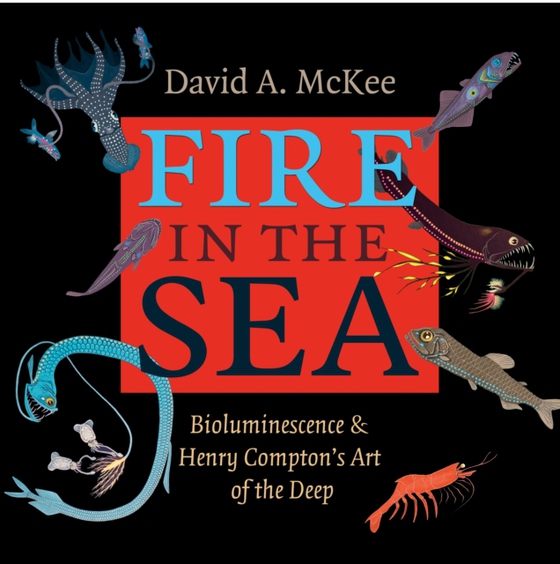
Fire in the Sea e-bog
230,54 DKK
(inkl. moms 288,18 DKK)
The cold, stygian dark of the extreme sea depths is home to some of our planet's strangest creatures. Even their names evoke a science fiction adventure: dragonfishes, greeneyes, viperfishes, mirrorbellies, lanternfishes. Marine biologist Henry "e;Hank"e; Compton (1928-2005) of the Texas Parks and Wildlife Department's Rockport Marine Lab was present on some of the earliest Gulf of Mexi...
E-bog
230,54 DKK
Forlag
Texas A&M University Press
Udgivet
27 januar 2014
Længde
184 sider
Genrer
Nature in art
Sprog
English
Format
pdf
Beskyttelse
LCP
ISBN
9781623491062
The cold, stygian dark of the extreme sea depths is home to some of our planet's strangest creatures. Even their names evoke a science fiction adventure: dragonfishes, greeneyes, viperfishes, mirrorbellies, lanternfishes. Marine biologist Henry "e;Hank"e; Compton (1928-2005) of the Texas Parks and Wildlife Department's Rockport Marine Lab was present on some of the earliest Gulf of Mexico cruises on which these fishes were collected for the first time in Texas waters.Upon returning, Compton would retire to the darkroom he had constructed beneath a stairwell at the lab and photograph the specimens. A talented artist, Compton then painted watercolors based on his photographs. He allowed free rein to both his scientific judgment and his artistic vision as he constructed representations of how the specimens might have appeared in the crushing pressure of their alien environment.Compton dubbed the series of deep-water paintings "e;Fire in the Sea"e; because of the shimmering bioluminescence common to these deep-water species. Then, along with taxonomic descriptions, he drafted fanciful narratives to accompany the paintings: quirky, humorous, and sometimes cryptic stories of the fishes in their unreachable habitat. Professor, researcher, and author David A. McKee has taken Compton's work, discovered in cardboard boxes following his death, and, along with others, provided chapters on bioluminescence, life in the deep, taxonomic arrangement, and life history information.
 Dansk
Dansk

